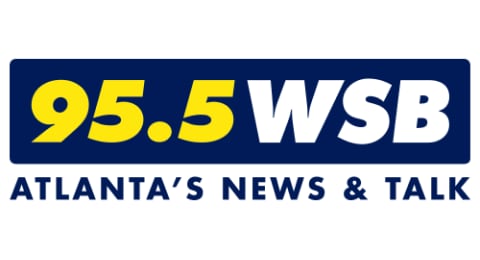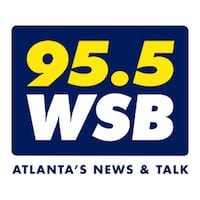CAPE CANAVERAL, Fla. — NASA has set a new launch date for its first astronaut-crewed flight into space on Boeing's Starliner after scrubbing Saturday afternoon's launch just minutes before it was due to begin.
On Sunday, the agency announced that NASA’s Boeing Crew Flight Test Mission teams are preparing to support a launch at 10:52 a.m. ET on Wednesday, June 5, from Space Launch Complex-41 at Cape Canaveral Space Force Station in Florida.
The space agency said the Saturday launch was scrubbed "due to the computer ground launch sequencer not loading into the correct operational configuration after proceeding into terminal count."
United Launch Alliance, which manufactures and operates the rockets that launch the spacecraft into orbit, worked overnight and on Sunday to assess the ground support equipment at the launch pad that encountered issues during the countdown and scrubbed the June 1 launch attempt.
The ULA team identified an issue with a single ground power supply within one of the three redundant chassis that provides power to a subset of computer cards controlling various system functions, including the card responsible for the stable replenishment topping valves for the Centaur upper stage. All three of these chassis are required to enter the terminal phase of the launch countdown to ensure crew safety.
On Sunday, the chassis containing the faulty ground power unit was removed, visually inspected, and replaced with a spare chassis.
No signs of physical damage were observed. A full failure analysis of the power unit will be performed to better understand the root cause. Meanwhile, ULA has completed functional checkouts of the new chassis and the cards, and all hardware is performing normally.
The Starliner is now set to take an approximately 24-hour journey to the International Space Station.
The spacecraft can carry seven people, but this test drive will only have two NASA astronauts: Barry Wilmore, 61, and Sunita Williams, 58.
Williams and Wilmore are expected to spend one week aboard the ISS and will be evaluating the spacecraft and its systems.
Upon re-entry, the Starliner will deploy parachutes and an airbag system, landing the astronauts in the western U.S.
If the mission is successful, NASA could certify the Starliner to perform routine missions to and from the ISS. NASA has primarily been using SpaceX's Dragon spacecraft to transport crew and cargo to the ISS.
The missions are part of NASA's larger Commercial Crew Program, which uses American rockets and spacecraft to send astronauts and cargo to the ISS with the hope of helping NASA prepare for the upcoming missions to the moon and Mars.
Saturday's attempt was just the latest Starliner launch to get delayed.
The launch was tentatively scheduled for May 6, but was scrubbed after a problem with an oxygen valve on a rocket from United Launch Alliance. A new date was set for May 25, but a small helium leak was discovered in the service module, which contains support systems and instruments for operating a spacecraft.
NASA awarded Boeing a $4.2 billion contract to develop Starliner, but a decade later, the company has lost nearly $1.5 billion because of the delays.
Copyright © 2024, ABC Audio. All rights reserved.

:quality(70)/cloudfront-us-east-1.images.arcpublishing.com/cmg/3FY6DOHRWZJABTSU4F2NO7OJXA.jpg)
:quality(70)/cloudfront-us-east-1.images.arcpublishing.com/cmg/ZTSTTZAVXZBCDIYFOQATQ5JA6A.jpg)
:quality(70)/cloudfront-us-east-1.images.arcpublishing.com/cmg/6OWE36MGAZGVDELGH4WVZYORIM.jpg)
:quality(70)/cloudfront-us-east-1.images.arcpublishing.com/cmg/6HB2GJBZSBFVJCSFCPCY56XFEE.jpg)



